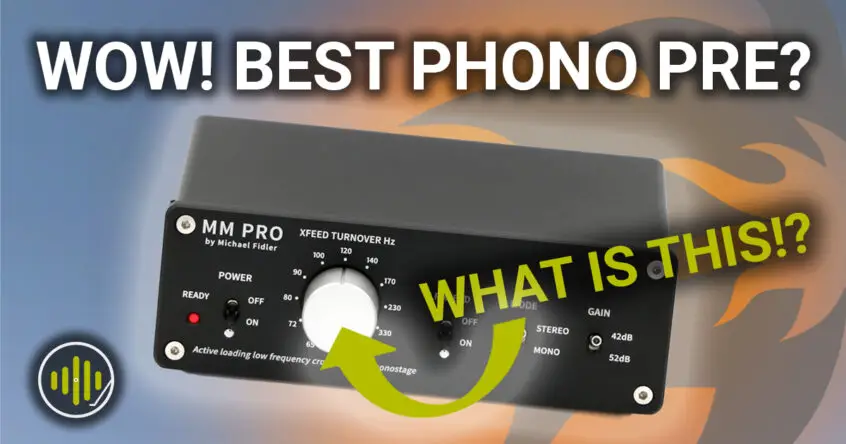Having quietly lived with the MM Pro phono preamp for just under a year, has this become my new reference phono stage of choice for moving magnet cartridges?
Michael Fidler’s Classic Audio brand of boutique all-through-hole-circuitry phono preamps has gained a strong reputation across the vinyl community over the last few years.
His engineer-led, attention-to-detail approach and refreshing honesty when it comes to website-listed specifications have rightly earned his fledgling, cottage industry-sized company a great deal of respect in a relatively short space of time.
| PROS | CONS |
| Handmade quality in England | There are better looking phono stages |
| Transparent & musical sound quality | |
| Ultra-low noise & distortion | |
| Highly useful features (Mono Switch & Low-frequency crossfeed) |
Following my positive experience reviewing the Spartan 15 and the MC Pro last year, Michael kindly asked if I’d like to try the MM Pro on for size. Gratefully, I agreed.
Since then, Michael has faced high demand and the need to upgrade facilities and possibly move his manufacturing base, putting this review on the back burner for some time.`
Quietly, though, in between various other reviews (including a handful of phono preamps), I simply kept returning to this excellent piece of kit.
As great as the other products I’ve reviewed are (recent examples include the JDS Labs Atom Phono and the Fosi Audio Box X5), each time I finished a review (or pulled out a previously reviewed model for A/B comparisons), I kept finding myself reaching for the MM Pro.
What Makes the MM Pro Stand Out?
Aside from its vanishing distortion, impressive adherence to the RIAA equalization curve, and very low self-noise, it also has additional connectivity options and some highly useful features.
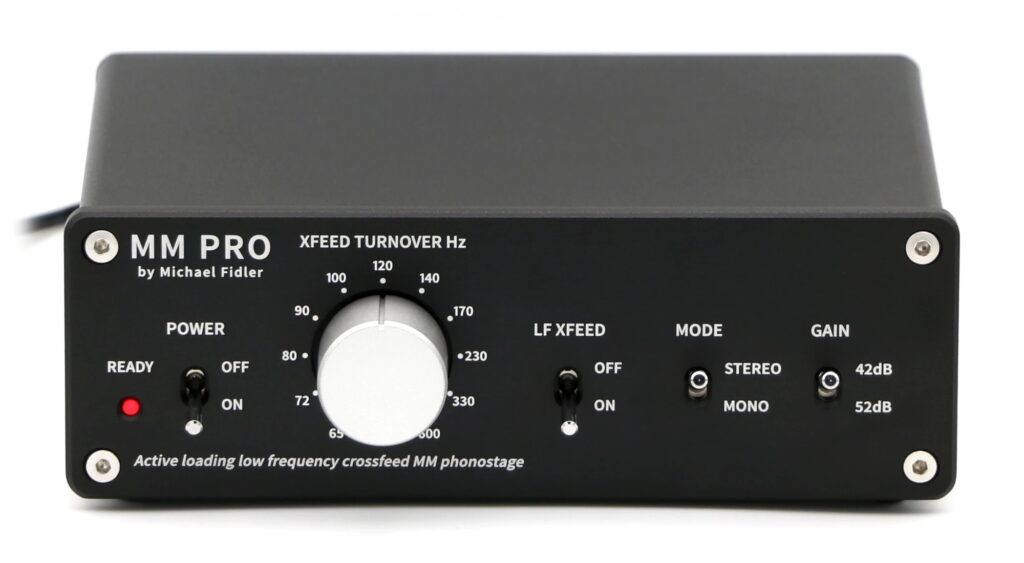
Let’s take a look at the unit and features in a little more detail:
The housing is essentially exactly the same as the MC Pro, so the units look almost identical. There are a few obvious changes to labeled gain settings and the product name on the CNC-machined aluminum front panel. Otherwise, though, at first glance, it’s a very short game of “spot the difference”.
While the MM Pro isn’t the most beautiful or fancy-looking phono stage on the market, it does feel exceptionally well-built.
The front panel is a sturdy 6mm thick, with robust toggle switches in place of the usual flimsy push buttons you get from much of the competition.
For those interested, these toggle switches are rated for 50,000 cycles instead of the usual 10,000 cycles of cheaper push switches.
There are four switches: the first is an on/off switch, the second is to enable or bypass a low-frequency crossfeed feature and its accompanying turnover dial. The third and fourth switches control the optional mono mode and adjustable gain settings.
You’ll notice two gain settings, 42dB and 52dB, which comfortably cover most moving magnet and high-output moving coil cartridges.
If you play a lot of older records, perhaps some in varying conditions, then the mono switch and low-frequency crossfeed feature (XFEED) alone are going to prove invaluable as part of your vinyl playback rig. Once you have them, you’ll simply not want to be without them.
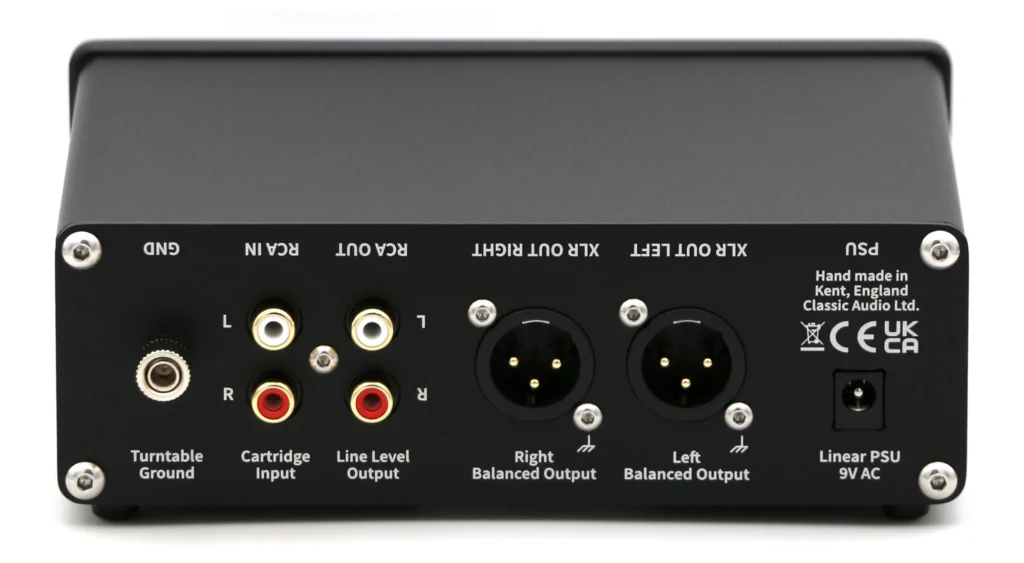
Flip the MM Pro around, and you’ll find the same connectivity options as the MC Pro, with the usual RCA inputs and outputs and balanced XLR outputs.
The option of balanced outputs gives greater flexibility for equipment placement, as you’ll be able to run the outputs over much longer distances without having to worry about picking up noise.
In short, supposing you have a preamp or integrated amplifier with a balanced input, you can keep the phono preamp very close to the turntable and then run a longer distance cable to the next component in your signal chain.
Mono Switch
It’s always surprising how infrequently mono switches appear on modern phono stages, given their practical benefits when playing mono records—especially older pressings that have seen considerable use over the years.
When playing these mono records with a stereo cartridge, unwanted surface noise is often exaggerated, as stereo cartridges detect vertical groove movements.
A mono switch neatly eliminates this vertical noise by combining the stereo signals into a single, cleaner mono output, mimicking the tracking behavior of dedicated mono cartridges and resulting in significantly quieter, clearer playback.
To hear an A/B shootout of how an old Beatles record sounds with or without a mono switch enabled, check out my Patreon page.
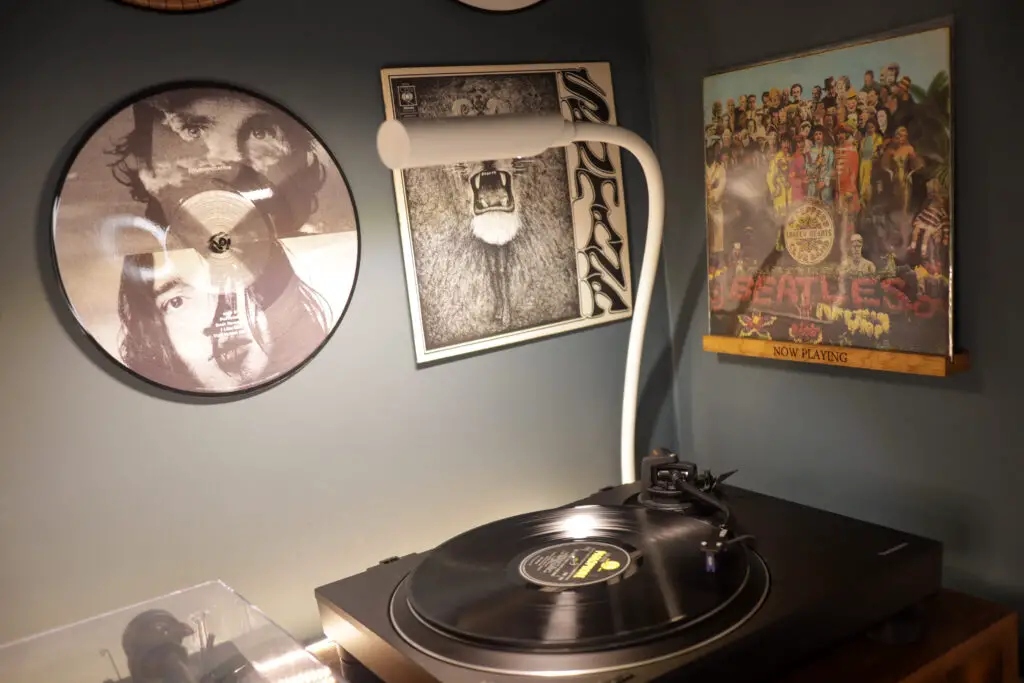
Low-Frequency Crossfeed
The XFEED feature is a much more subtle but often useful feature. It’s present on the Spartan 15 but with much more limited control over the crossover frequency.
In layman’s terms, the XFEED allows us to mono the signal at below a set threshold. This can be helpful in reducing noise on stereo records without affecting stereo width across the board.
It’s often the case that much of vinyl’s surface noise exists in the lower frequencies due to the RIAA equalization process where the base frequencies are boosted.
For most mixes (particularly on vinyl), very low frequencies are mono in the mix anyway, so we stand to lose very little by summing low frequencies to mono, and many reduce so-called “vinyl roar” surface noise in the process. It’s subtle, but this is a feature that I find handy, particularly for many older pressings.
Listen to the audio samples in my review video above; you’ll hear how the low-frequency “roar” is reduced. I’ve used a run-out groove to exaggerate it for demonstration purposes, but you can imagine how this feature may help lower the noise floor further for deeper, inky-black backgrounds.
Another use case is when listening to 60s-style extreme stereo mixes on headphones, where, in some cases, the bass and drums might be hard-panned to the left or right. On headphones, this can be pretty disorienting; using the XFEED to mono the bass balances out the very low frequencies, making headphone sessions more enjoyable for these mixes (in my humble opinion).
Quiet & Neutral
Features aside, the performance of the MM Pro is impeccably quiet in terms of self-noise, with vanishingly low distortion and a very neutral tone, thanks to strong adherence to the RIAA equalization curve.
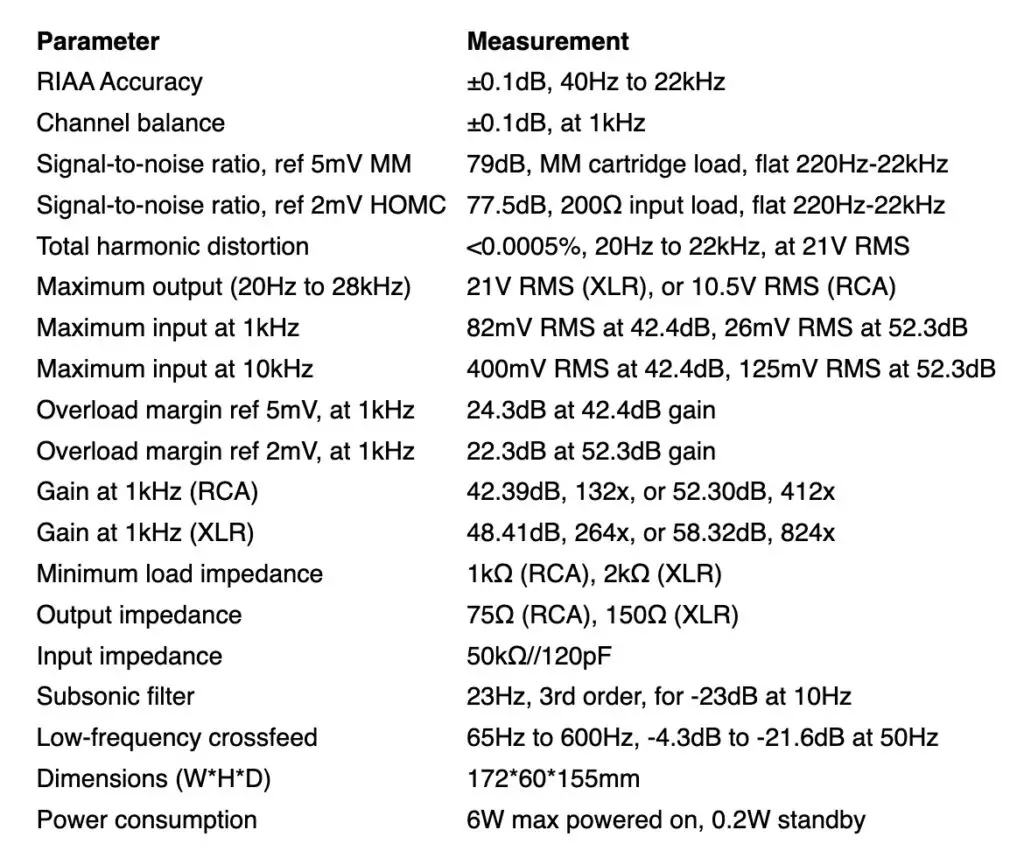
According to the specifications, the MM Pro achieves an RIAA accuracy of ±0.1dB with no coloration from 40Hz-22KHz. While I couldn’t find anyone who’d measured this independently, there is an Audio Science Reviews measurement of the MC Pro, which shows how superbly flat Michael’s preamps are.
I trust him on his claims here. Michael actually has a video on how manufacturers often play games with listed specifications. Check it out below. (This video is concerning noise measurements, but you get the idea):
Speaking of noise and other unwanted distortions, the MM Pro is an exceptionally quiet phono stage. Part of how it achieves this is by using active loading as opposed to the standard 47kΩ load of other phono stages.
Low distortion is achieved, according to Michael by “careful gain distribution in an original triple-stage topology.”
There’s a lot of technical information to digest about Michael’s preamps; if you like specs, his website is one of the most detailed, transparent manufacturer websites on the market.
There’s no fluffy marketing speak here, and it’s certainly not a designer website, just a straightforward engineer-led expression of the product features and specifications with more thorough breakdowns of each element than you’ll find anywhere else.
If you have an eye for technical data, I recommend checking the product page for the full details, including other features I haven’t delved into, including the inclusion of a subsonic and Michael’s preference for linear power supplies across all his preamp designs.
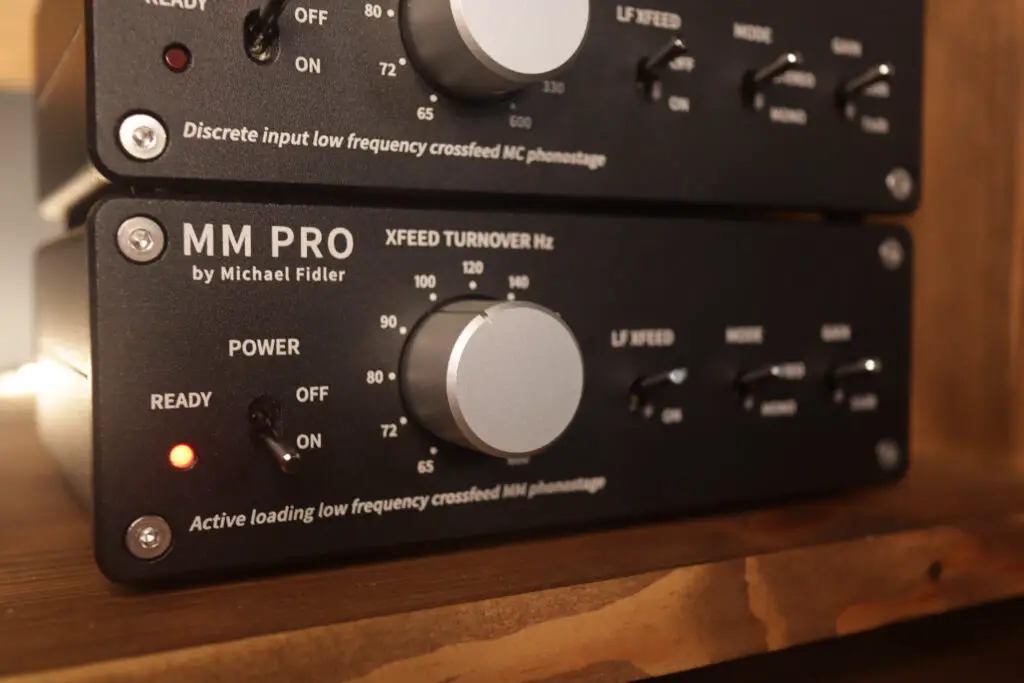
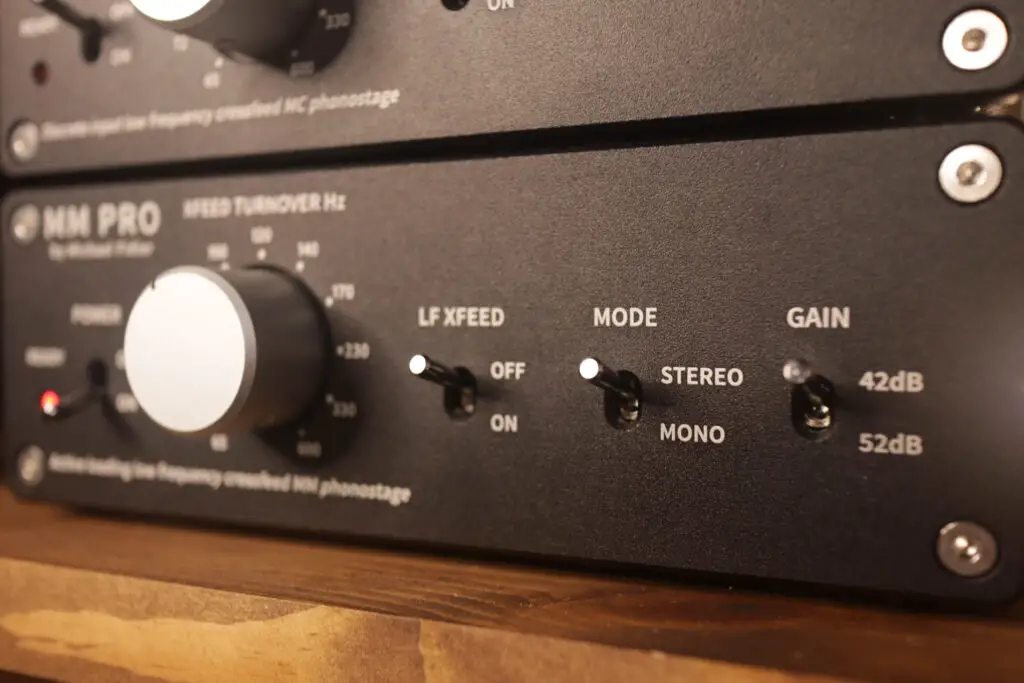
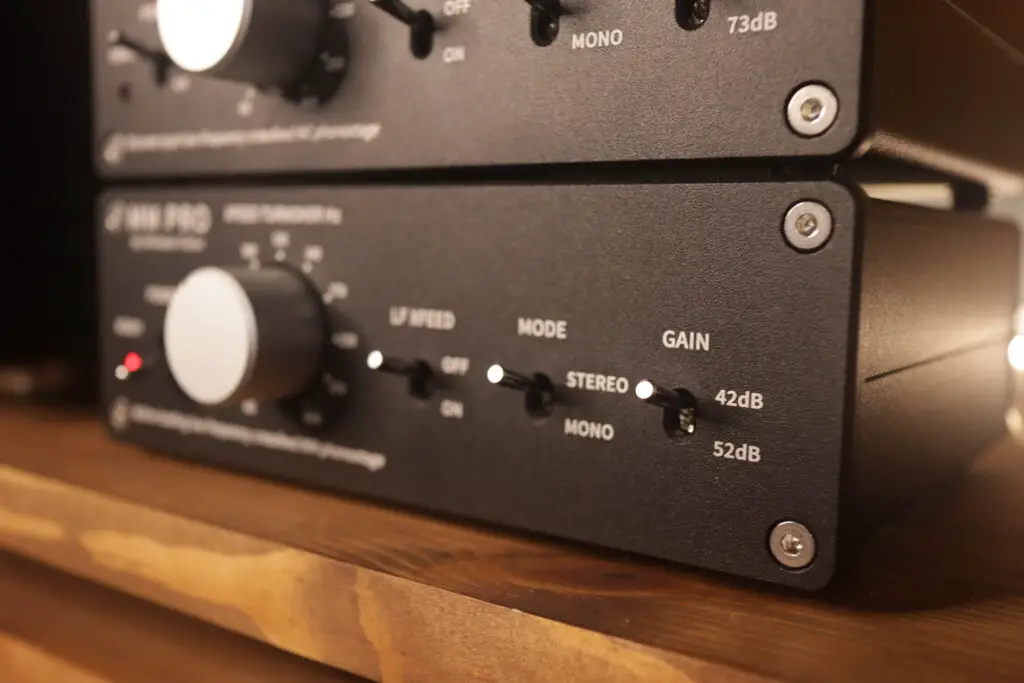
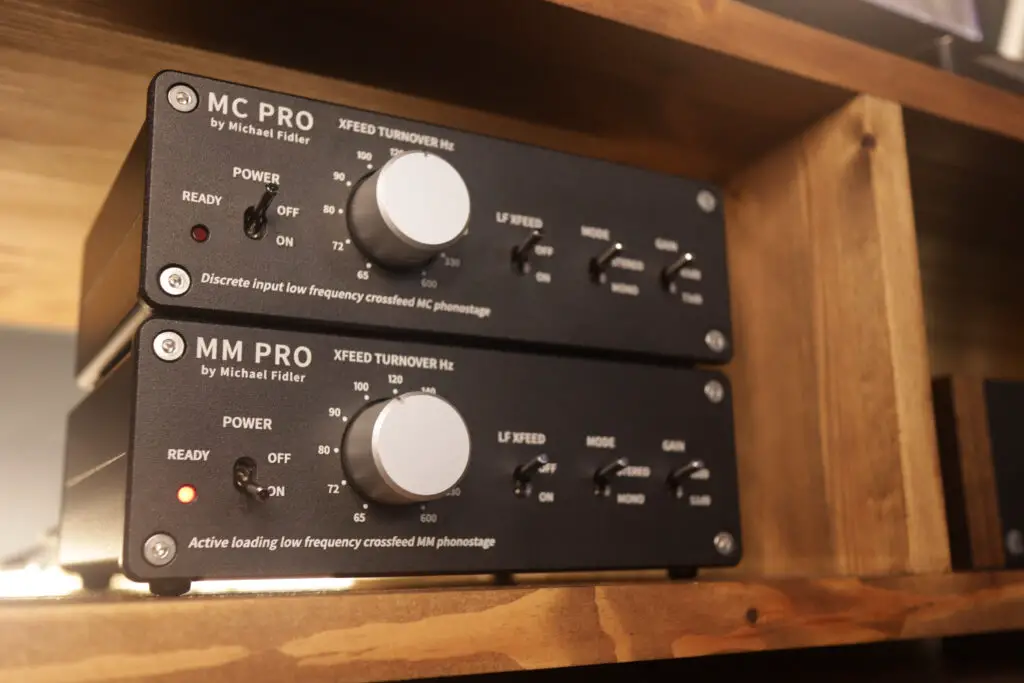
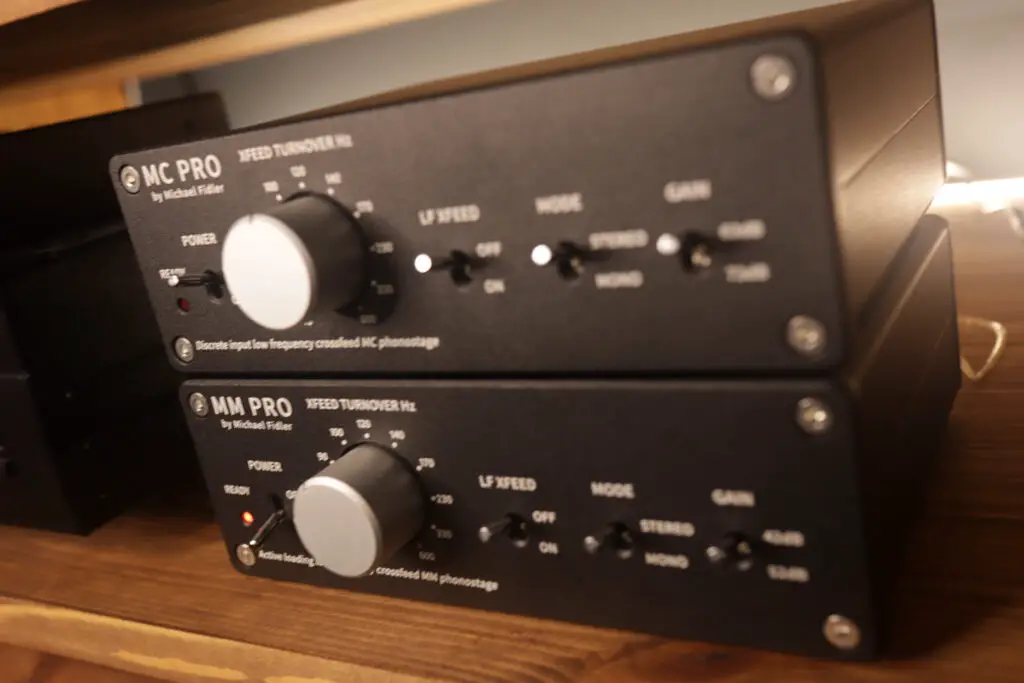
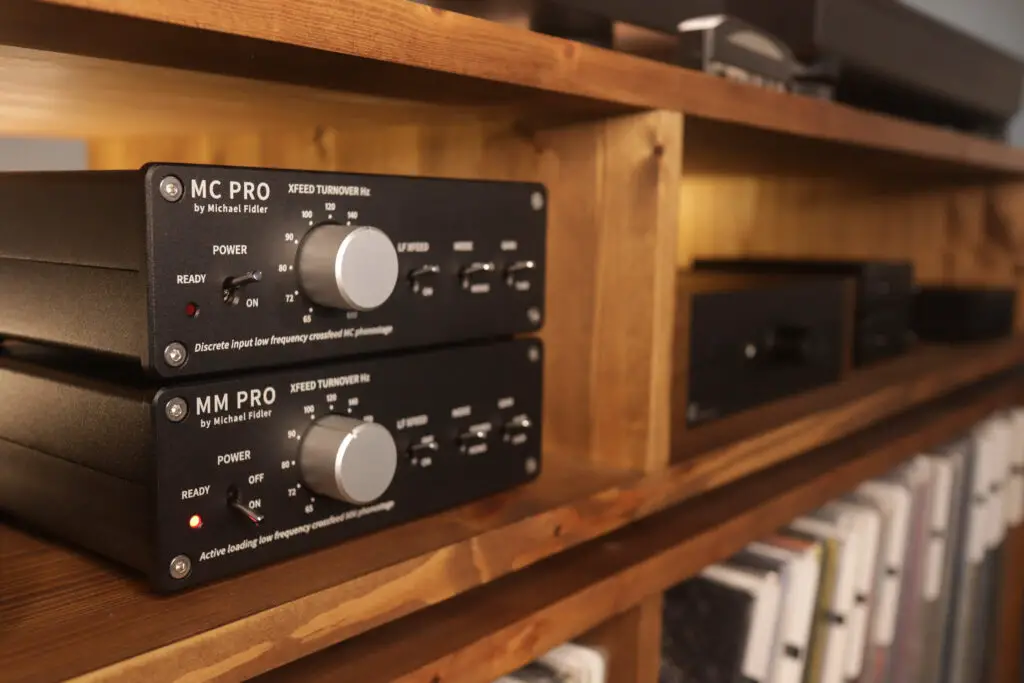
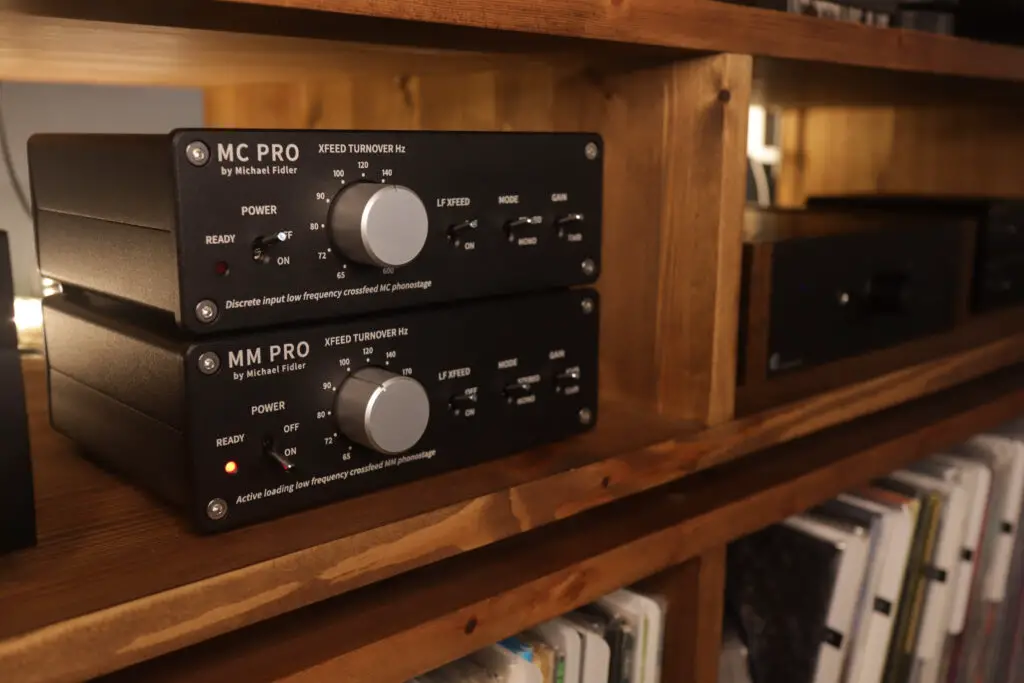
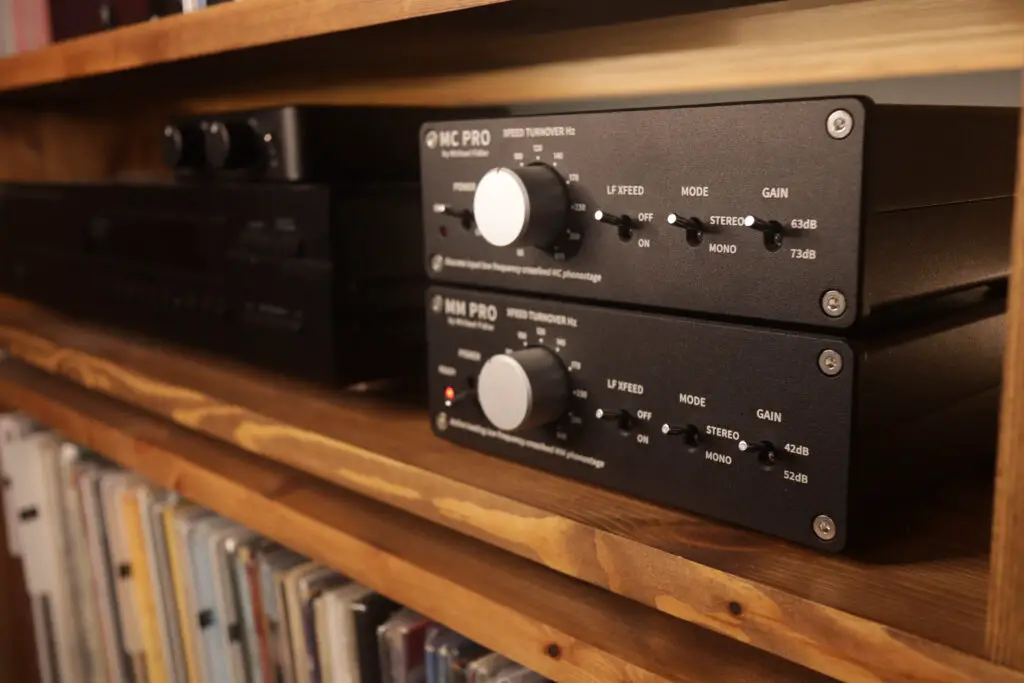
The Bottom Line
The MM Pro delivers a remarkably clean, transparent, and lifelike sonic presentation. It’s exceptionally quiet, providing a deep, inky-black background that allows fine musical details to emerge effortlessly. The bass response is tight and articulate, never feeling bloated or artificially boosted, which gives rhythm sections both depth and agility. Midrange frequencies feel rich and natural, bringing vocals and acoustic instruments forward with warmth and authenticity. Higher frequencies sparkle with clarity and precision yet never become overly bright or harsh, offering an airy and refined top-end extension.
Overall, the MM Pro presents music in a balanced, accurate, and engaging way, making it easy to immerse yourself completely in your vinyl collection.
The MM Pro has become my go-to reference moving magnet phono stage not only for its natural and transparent sound but also for its quiet performance and well-thought-out features.
I find the mono switch completely indispensable these days; every mono record I own benefits hugely from this feature, and it’s a great alternative to investing in a true mono cartridge.
The XFEED feature is more subtle but definitely welcome, especially on headphones and the XLR outputs, which I find invaluable for creating digital copies of my records.
There’s also the handmade factor; I love that this phono preamp is handmade in England by a company that cares.
As Michael’s Classic Audio company continues to grow, he’s certainly not resting on his laurels, as there is currently a MKII of the MM Pro on the way.
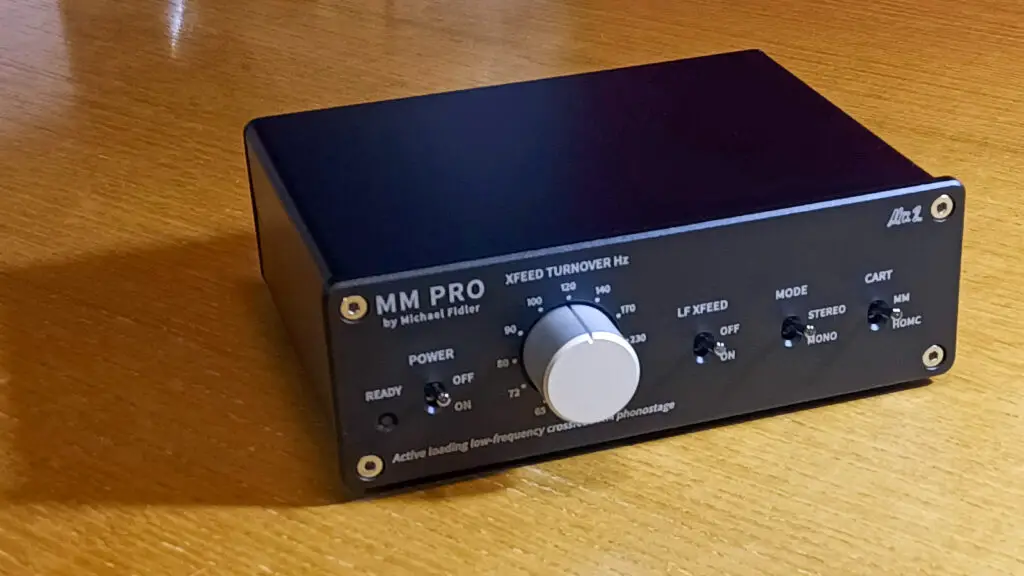
Speaking to Michael, it sounds like this will involve a move to some surface-mount components, but only in a way that doesn’t compromise the performance and longevity of the product. This is understandable for any company that wishes to scale production.
That said, if you’re a purist and wish to grab one of the remaining all-through-hole circuit designs, now is the time to do it!
Perhaps, if there’s demand, Michael should consider a custom shop service offering one-off builds for those who prefer. As the company grows, this would naturally have to come at a premium.
The current price for an MM Pro is $900 (£660). If you ask me for a hand-built preamp of this quality and performance, that’s a complete steal.
VIEW PRODUCT






